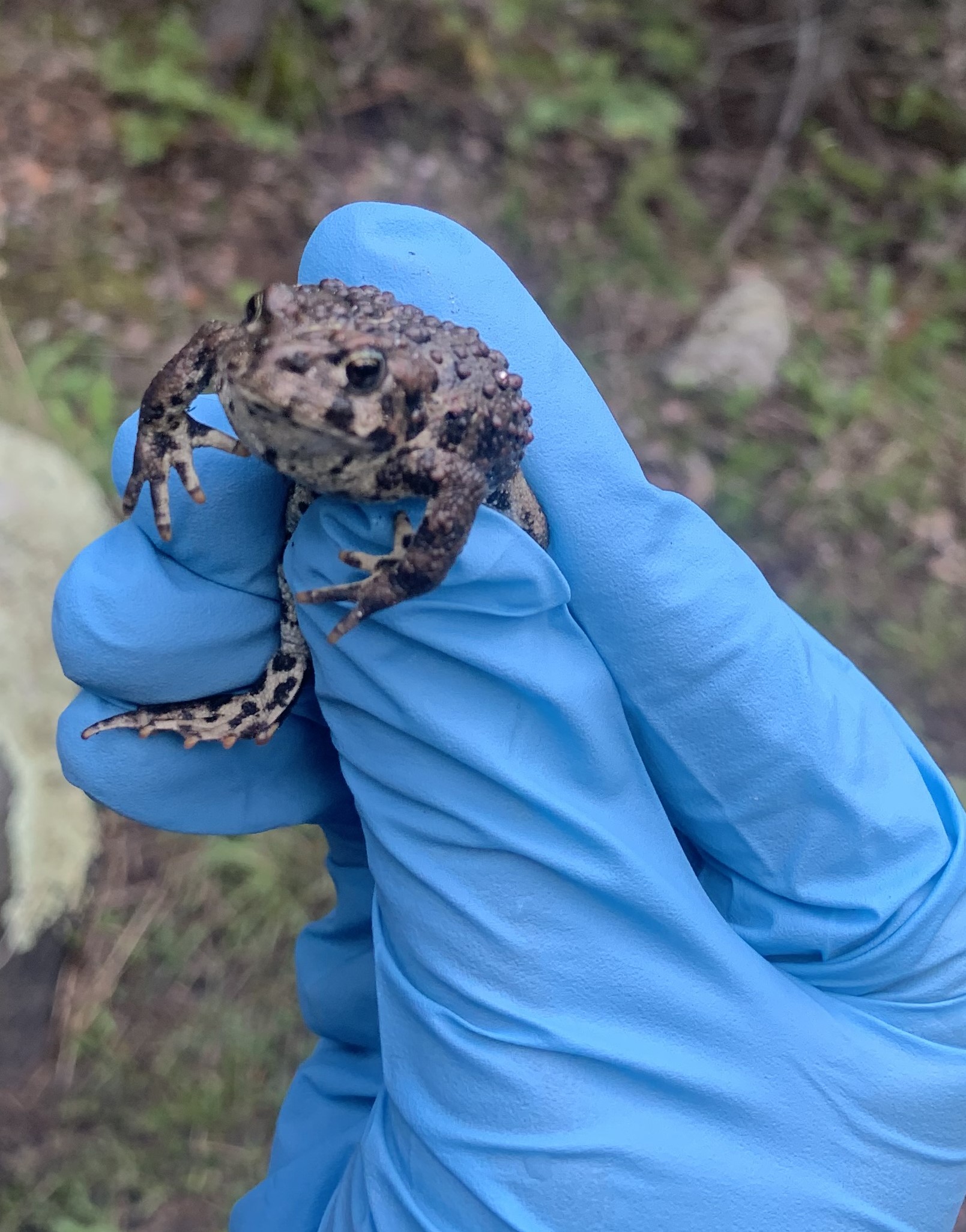Of toads and tolerance: Quantifying intraspecific variation in host resistance and tolerance to a lethal pathogen
Abstract/Summary
Due to the ubiquity of disease in natural systems, hosts have evolved strategies of disease resistance and tolerance to defend themselves from further harm once infected. Resistance strategies directly limit pathogen growth, typically leading to lower infection burdens in the host. A tolerance approach limits the fitness consequences caused by the pathogen but does not directly inhibit pathogen growth. Testing for intraspecific variation in wild host populations is important for informing conservation decisions about captive breeding, translocation, and disease treatment. Here, we test for the relative importance of tolerance and resistance in multiple populations of boreal toads (Anaxyrus boreas boreas) against Batrachochytrium dendrobatidis (Bd), the amphibian fungal pathogen responsible for the greatest host biodiversity loss due to disease. Boreal toads have severely declined in Colorado (CO) due to Bd, but toad populations challenged with Bd in western Wyoming (WY) appear to be less affected. We used a common garden infection experiment to expose post-metamorphic toads sourced from four populations (2 in CO and 2 in WY) to Bd and monitored changes in mass, pathogen burden, and survival for eight weeks. We used a multi-state modeling approach to estimate weekly survival and transition probabilities between infected and cleared states, reflecting a dynamic infection process that traditional approaches fail to capture. We found that WY boreal toads are highly tolerant to Bd infection with higher survival probabilities than those in CO when infected with identical pathogen burdens. WY toads also had higher probabilities of clearing infections and took an average of five days longer to reach peak infection burdens. Our results demonstrate strong intraspecific differences in tolerance and resistance that explain why population declines vary regionally across the species. We used a robust, multi-state framework to gain inference on typically hidden disease processes when testing for host tolerance or resistance and demonstrated that describing an entire species as ‘tolerant’ or ‘resistant’ is unwise without testing for intraspecific variation in host defenses.
Publication details
| Published Date: | 2024-05-30 |
| Outlet/Publisher: | Journal of Animal Ecology |
| Media Format: |
ARMI Organizational Units:
Rocky Mountains, Southern - BiologyTopics:
DiseaseManagement
Monitoring and Population Ecology
Place Names:
ColoradoWyoming
Keywords:
Batrachochytrium dendrobatidisdisease
resistance
tolerance

